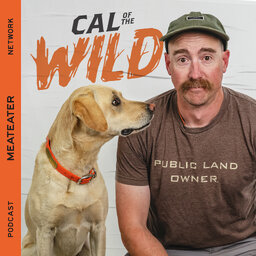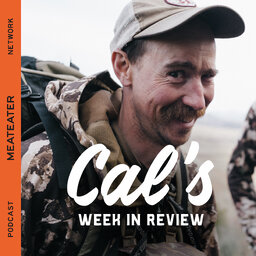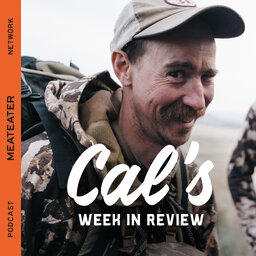Ep. 380: Houndations - How to Build Confidence in Your Dog
This week, Tony explains why confidence is so important with sporting dogs, and why we should train with this in mind at all times.
Connect with Tony, Cal, and MeatEater
MeatEater on Instagram, Facebook, Twitter, Youtube, and Youtube Clips
MeatEater Podcast Network on YouTube
Shop Cal's Merch
 Cal of the Wild
Cal of the Wild


